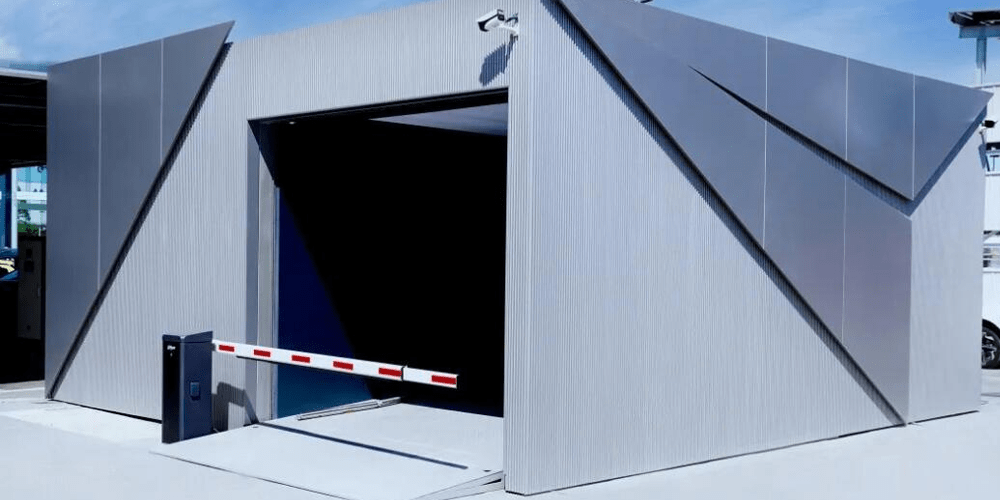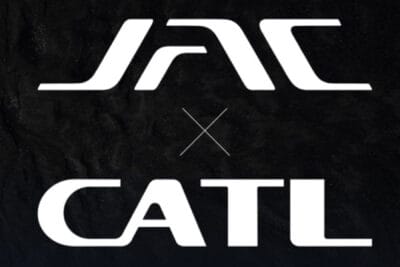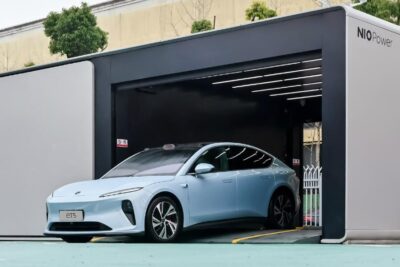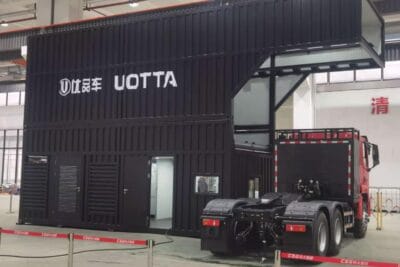SAIC, CATL, Sinopec & CNPC to swap batteries in China
In China, the carmaker SAIC, the battery manufacturer CATL and the two oil companies Sinopec and China National Petroleum (CNPC) have founded a joint venture to promote EVs with replaceable batteries. SAIC wants to produce vehicles capable of battery-swapping under several brands at once.
The joint venture, called Shanghai Jieneng Zhidian New Energy Technology, is expected to set up about 40 battery swapping stations in cities such as Shanghai, Beijing, Guangzhou and Shenzhen this year. The aim is to put about 300 such stations into operation by the end of 2023 and about 3,000 by 2025. According to a statement from SAIC Motor, the joint venture will initially be provided with 4 billion yuan (about 577 million euros).
SAIC’s Rising Auto, Roewe, MG and Maxus brands will launch corresponding vehicle models with replaceable batteries, not only for electric cars but also for electric SUVs, and commercial and heavy-duty electric vehicles. The first model in the personal mobility sector is to be Rising Auto’s R7 E-SUV, which has been available in China since the end of September.
CATL has been involved in the battery-swapping business for some time now. Back in 2020, the world’s largest battery maker launched battery-as-a-service batteries with Nio. In January this year, CATL demonstrated its own battery-swapping system via its subsidiary CAES.
In addition to the contributions of SAIC and CATL, the two Chinese oil companies Sinopec and China National Petroleum (CNPC) are to provide the sites and take over the supply of clean energy to the battery swapping based on their existing filling station networks. Here, Sinopec and CNPC aim to switch to new energies and transform petrol stations into “integrated energy service stations” where drivers can either charge or swap their vehicles’ batteries. Together, the two oil companies currently have a network of more than 50,000 filling stations.
The joint venture from SAIC is to focus on the leasing business with batteries, the development and promotion of battery exchange technology, battery operation management and big data services. SAIC is starting a sales model where the battery is no longer part of the vehicle purchase but is rented, which reduces the initial investment when buying a car. Drivers of the new vehicles will be able to recharge or replace the batteries, while the actual vehicle, which has technology and hardware that is more enduring, remains the same.
The best-known proponent of the battery swapping system to date is Nio, an electric car start-up that currently also operates around 1,100 battery swap stations, most of which are in China. The first stations have now also been installed in Europe and Nio has announced a rollout of 120 battery-swapping stations on the European continent by the end of the year.
In China, several players have joined the battery-swapping business. This year in January, Geely & Lifan launched a battery-swapping joint venture, and in April GAC Aion opened battery-swapping stations in China. Outside players are also joining the game as Bosch and Mitsubishi has also begun a battery-swapping project in China. Western oil giants have already started battery swapping in China as Shell joined forces with Nio last year, and BP backed battery swapping there with Aulton. Just last month, CATL introduced a new battery technology called MTB (Module to Bracket) for heavy-duty electric trucks that is compatible with battery swapping infrastructure.
The latest joint effort from SAIC, CATL, Sinopec and China National Petroleum is expected to popularise battery swapping and promote the unification of standards. The course is supported by China’s current subsidy policy: although vehicle models costing more than 300,000 yuan (a good 43,000 euros) are not subsidised, vehicles that are capable of battery-swapping are exempt from this price cap.
For the Chinese government, battery swapping networks provide a number of benefits: Battery swapping stations can work as grid stabilisers, build virtual power plants and improve overall efficiency. Removable batteries also better enable second-life reuse functions, called “laddering” or “cadence” use of batteries, ie prioritising their further use before recycling according to their state and mid-life capabilities in, for example, stationary battery applications or for lighter electric vehicles.





0 Comments